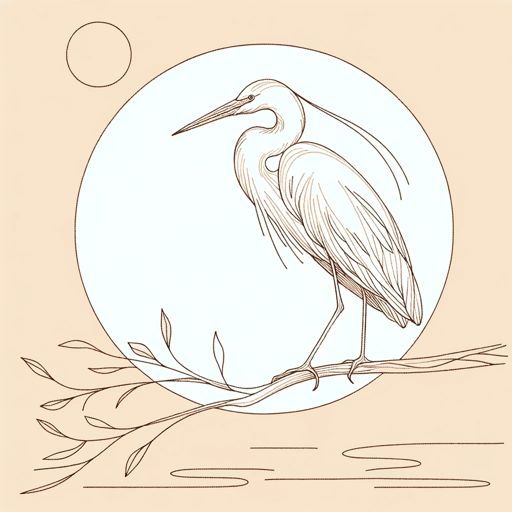32 pages • 1 hour read
Sarah Orne JewettA White Heron
Fiction | Short Story | Adult | Published in 1886A modern alternative to SparkNotes and CliffsNotes, SuperSummary offers high-quality Study Guides with detailed chapter summaries and analysis of major themes, characters, and more.
Themes
Protecting the Natural World
The most prominent theme is conservation, for the story’s central conflict revolves around the white heron. As a symbol of independence and nature’s wonders, the heron’s life is in Sylvia’s hands. She can protect the wilderness she adores, or destroy a part of it. In the end, Sylvia defends the heron (and thus the natural world at large) after she has a moment of enlightenment at the pine tree’s top. She watches the heron flying and feels connected to him; this bond and delight in the heron solidify Sylvia’s decision to leave the forest as untouched as possible. Thus, in the climax, she “cannot tell the heron’s secret and give its life away” (679).
Denying the hunter his ambition is a microcosm of the Conservation Movement and environmental activism. Sylvia safeguards the woods, considers them sacred, and treats the animals and plants as equals, almost like family. Her principles lead her to believe that nature is worth more than riches and that the outdoors is a priceless home she must protect. Her values are shared by many others throughout the history of the Conservation Movement.


